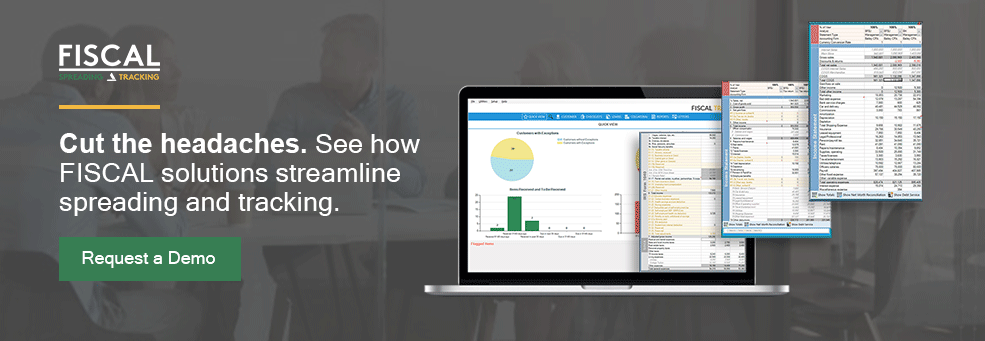As an institution grows, keeping up with financial statements and tickler tracking often becomes a frustrating and time consuming task. The farther you fall behind, the more time it takes. Many community banks and credit unions, regardless of size, turned to using Excel for tickler tracking years ago, in the hope that it would streamline current processes and allow employees to spend time on other tasks. However, Microsoft Excel, and Excel spreadsheets are a less than ideal solution for the large data sets community banks, and credit unions need to manage.
Why Excel?
Many institutions start tracking ticklers with Excel because they don’t know they have a better option in proper loan tracking software. Excel seems like a serviceable solution since you already use it, and its formulas and flexibility appear to be a good fit for the job. From then on, even institutions that have grown substantially tend to stick with Excel-based systems, and Excel files because it seems easier to just keep doing it the way you’ve always done it.
Does Excel really work for tickler tracking?
At first working in Excel may seem sufficient, but that feeling will likely change when trying to generate a list of Past Due items or items Coming Due in the near future, and find ticklers using different names for the same item (Personal Tax Return, PTR, Pers. TR, etc.) or listing multiple distinct items in the same row or cell. The complete lack of consistency from one loan officer to another, or even from one customer to the next within a single loan officer’s portfolio, makes it next to impossible to properly utilize formulas and tables.
This lack of standardization may seem minor, but it has a major impact when it comes to pulling together information for reporting or sending letters to customers. Creating any sort of “report” requires hours of painstaking sorting and filtering, and incorporating such a list into a clean format for borrower-facing letters may even take several days. As a result, they are not generated as often as perhaps they should be, and they are often outdated as soon as they are finalized.

Rigid end to end systems are not the only option
Although they often recognize the problems inherent in Excel-based tickler tracking, many small community banks and credit unions believe that their only other option is to take the plunge into one of the full end-to-end Loan Origination Systems (LOS) used by big regional and national banks. Not only are these systems incredibly time consuming to implement, extremely expensive and cumbersome to use, but the approach to loan tracking is unacceptably rigid. An LOS would seek to assign the same ticklers to every borrower relationship, supposedly saving time through automation, but employing a “one size fits all” approach that is not appropriate for small business lending.
As a result, these institutions continue to struggle with the shortcomings of Excel, fearing that making a change would necessitate losing the very flexibility that attracted them to Excel in the first place.
Looking for a better solution for financial statement spreading in Excel? Discover our time-saving templates designed for community banks and credit unions.
FISCAL is the fit you’re looking for
For community banks and credit unions that are looking to streamline operations while maintaining the high degree of flexibility required in small business lending, FISCAL TRACKING is built for you. Our solution allows you to improve standardization and consistency which allows you to increase efficiency in your tickler tracking process.
FISCAL TRACKING streamlines your process for tracking financials and other loan documents with a system that works great right out of the box, and built-in flexibility to make changes globally or on the fly. Whether the department handles 20 loans or 20,000, FISCAL makes it easy for community banks and credit unions to keep portfolios clean.
If your institution has outgrown Excel, or you are just tired of dealing with the inefficiencies inherent to using it as a loan tracking system, don’t think that you have to commit to a years-long implementation and spend hundreds of thousands of dollars to solve these problems. FISCAL TRACKING is your best bet. Rather than wasting time, money and resources, contact us today to find out how FISCAL TRACKING is focused on you.




